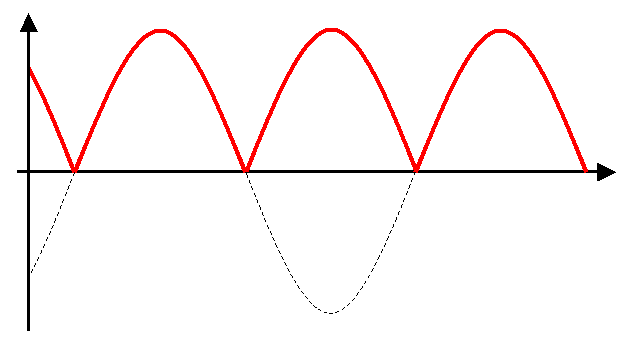Depends on the current, the size of the cap, and the capacity of the transformer. If you have a really huge cap, and a really powerful transformer, even drawing power from the load, the output voltage would be very close to the peak voltage of the rectified output.
The problem with using unregulated supplies is you can't be certain what voltage you'll get under varying input voltage conditions.
A one foot length of the LED's would probably be 18 of the LED's if these are the 300 LED 5 meter strips. This number would require 120ma to light at full intensity. The easy way to do this task is use the LM317T regulator in a constant current configuration to supply 120ma to the strip. You'll get full intensity and the voltage input won't affect the supply current. You need about a volt and a half of headroom from the input of the regulator to the output.
Truthfully, that strip running at full intensity is going to be pretty bright, I rarely run LED's at full current in modeling applications.














